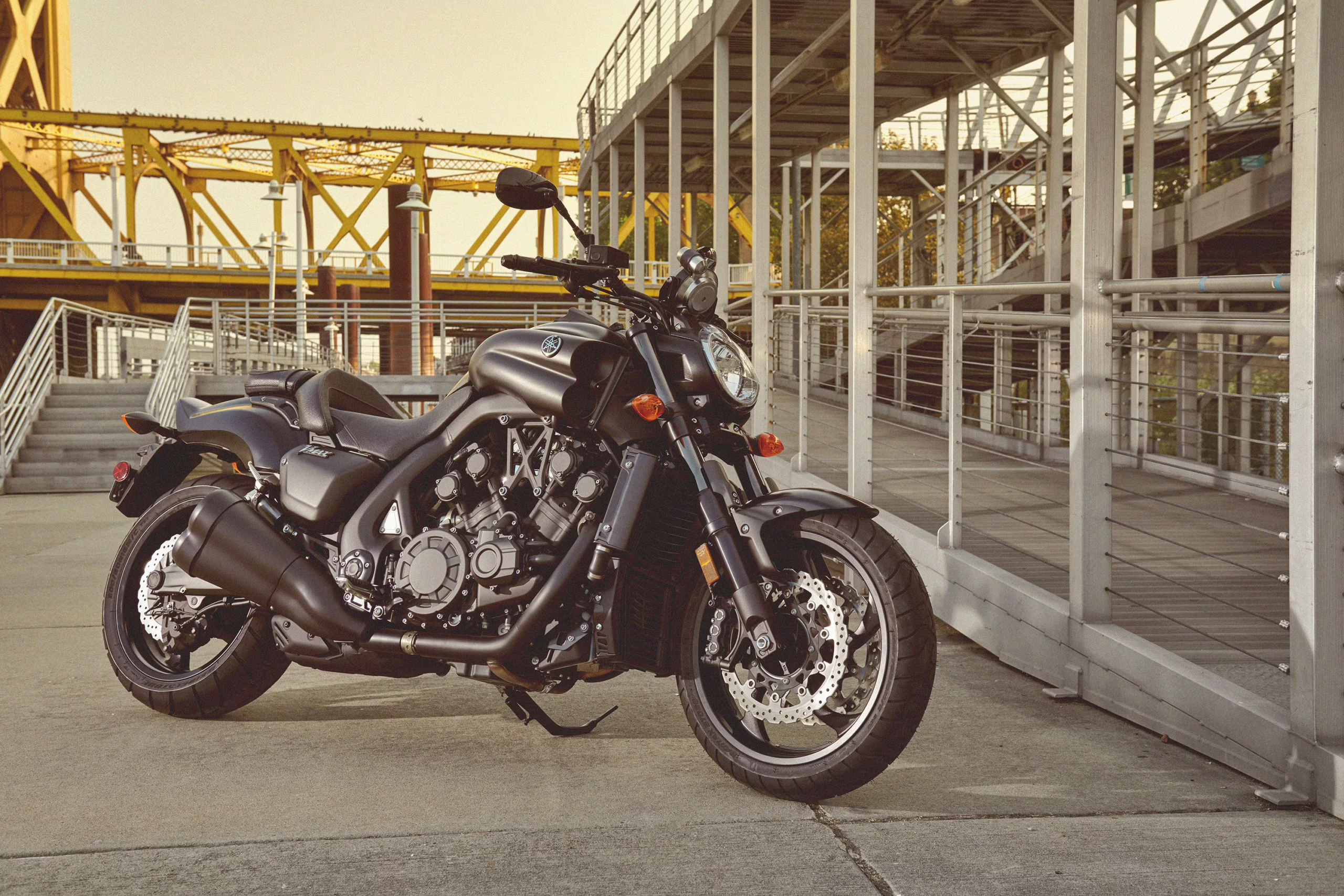Breaking News
Popular News


Stay informed and not overwhelmed, subscribe now! Enter your email address below and subscribe to our newsletter.

There are fast bikes, and then there’s the Yamaha V-Max. Launched in 1985, it was Yamaha’s unapologetic answer to every adrenaline junkie’s dream a muscle bike with a monstrous 1,197cc V4 engine pushing out a mind-blowing 145 horsepower. That kind of power in the mid-80s was borderline insane, especially when paired with spongy brakes, soft suspension, and a chassis that barely knew what to do with it.
Riding it felt like wrestling a wild animal at 220 km/h. It wasn’t about refinement or safety. It was raw, loud, and unfiltered, and I loved every dangerous, glorious second of it. Especially when that famous V Boost kicked in!

Now, let me clarify something: I was born in the 1990s and didn’t get my hands on an old gen V-Max (the original version of the V-Max, not the new remake) until 2020. By then, 145 BHP wasn’t exactly king of the hill anymore. Modern bikes had long surpassed it in power and tech, but here’s the thing: it still scared the hell out of me.
I’ve ridden big bikes before, take the Triumph Rocket 3, for example. On paper, it’s an absolute powerhouse, with way more torque and a mountain of displacement. But somehow, the old gen V-Max still managed to make me clench harder than any modern machine ever has. It was just raw in every sense of the word.
There was no traction control, so you had to respect the throttle or risk launching yourself into orbit. No launch control meant every green light turned into a smoky burnout session. And the weight? Let’s just say if you hit an elephant head-on, the V-Max might come out the winner, but you probably wouldn’t.
Still, despite its age and flaws, I felt like an absolute badass every time I climbed on. It was more than just a bike, it was an experience.

Riding the old Gen V-Max daily was as exhilarating as it was exhausting. That 1,198cc (1.2-liter) V4 engine wasn’t just powerful, it was thirsty. And to make matters worse, my carbs were leaking. Not that I could get them serviced easily, no Yamaha dealership wanted to touch the bike due to its age. The old gen V-Max uses four separate carburetors, one for each cylinder, and very few mechanics today still know how to tune them properly. It’s a dying art, and one you really need to get right to keep the beast running smoothly.
Fuel efficiency was laughable at best, and made even more painful by the tiny 15-liter fuel tank, inconveniently located under the seat. You had to lift the seat every time you needed to refuel, just another quirk to remind you this was a bike from a different era.
Then there was the lack of ABS, which on a heavy, overpowered machine like this, was a serious issue. You had to time your braking with precision, because stopping too late could end badly, and stopping too hard could mean locking up and sliding out. Unfortunately, the brakes themselves weren’t much help either.
On more than one occasion, I experienced complete brake fade from boiling brake fluid. Even when they did work, you had to slam them well in advance and pray you didn’t lock up the rear or overload the front forks. It was always a fine line: brake too hard, you slide out; brake too soft, you risk a collision. A constant dance between control and chaos.
But maybe that’s what made the old gen V-Max so addictive. It was dangerous, unpredictable, and totally alive. They didn’t nickname it the Widowmaker for nothing. And yet, as frustrating as it could be, the moment I could scrape together enough cash to fill that 15-liter tank for the fifth time that week, I’d jump right back on. The thrill was just too good to resist.
I would ride the old gen V-Max again in a heartbeat, but not because it was a good bike by today’s standards. In fact, if we’re being honest, it was a pretty unsafe machine. Compared to modern bikes with advanced electronics, rider aids, and precision engineering, the old gen V-Max was a wild, barely tamed animal.
But I miss it because it was the OG king of drag racing, a true street beast. It was a legend, the original brute that blew minds and smoked tires. Even today, the V-Max has a cult-like following and turns heads every time one rumbles past. There’s something special about that.
If I could afford it, I’d absolutely keep an old gen V-Max in my garage, not as a daily rider, but as a tribute to Yamaha’s heritage and muscle bike history. I was proud to own one, and honestly, I regret selling it.
That said, with a nickname like The Widowmaker, I’m pretty sure my wife sleeps a little easier knowing it’s no longer in the garage.
Learn more about the history of the V-Max in the video below.
My only regret now? I haven’t had the chance to ride the newer V-Max. The modern remake, which hit the market in 2009, was a stunning evolution of the original, boasting more refined technology and better handling without losing the raw muscle that made the first-gen so iconic. Sadly, Yamaha discontinued the V-Max in 2020, marking what feels like the end of an era for the legendary bike.
Maybe one day, I’ll be lucky enough to test ride or dare I say, even own, the latest V-Max. Until then, I’ll hold onto the hope that Yamaha might decide to reboot the model and continue the V-Max legacy, as there’s still a place for this iconic machine in the world of muscle bikes.
